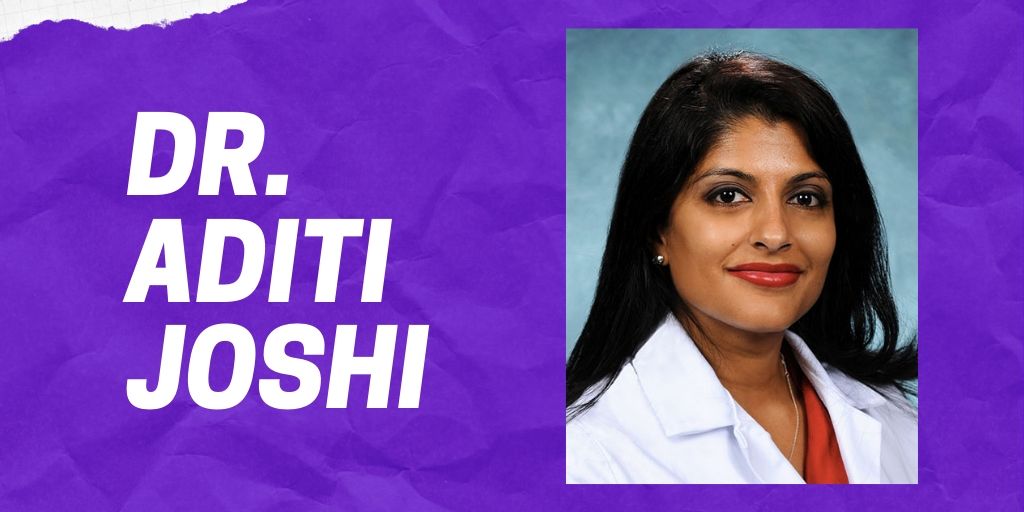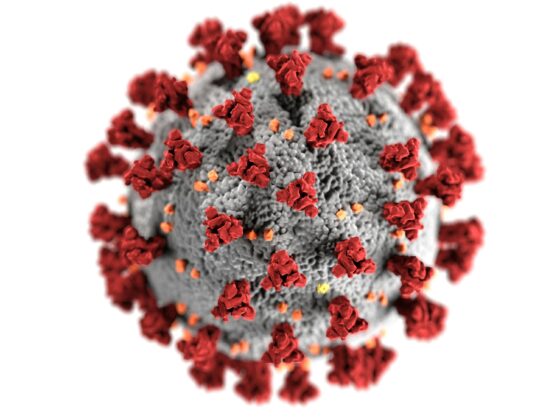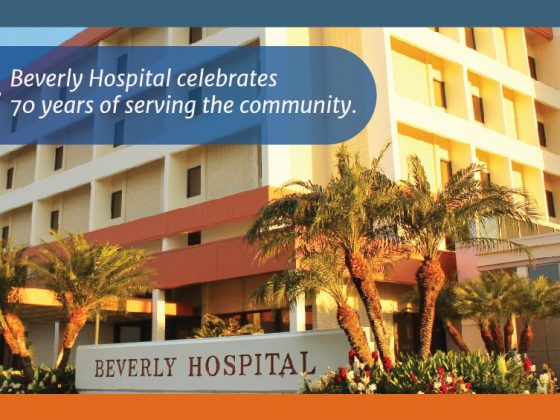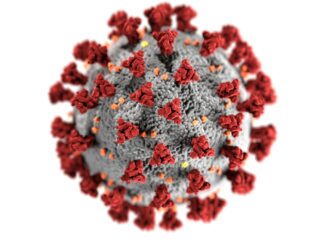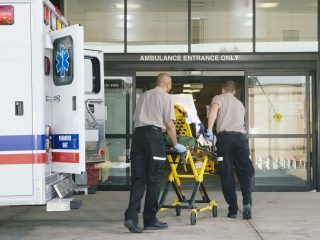
Dr. Aditi Joshi is an experienced Emergency Medicine Physician and telehealth expert working on improving healthcare through technology. Through over 6 years of working in Telemedicine and digital health on both a startup and academic hospital, she has a keen interest in making technology palatable and effective for both patients, providers, and health care systems. Her position at TJUH is multi-faceted in telehealth and tele-intake: working in operations, quality assurance, provider training, resident and medical education, and implementing new programs and use cases for telehealth. She runs a Telehealth fellowship aimed at training future EM docs interested in leading virtual care in the future.
She is also co-director of the Digital Health Scholarly Inquiry Track at Sidney Kimmel Medical College teaching both medical students and residents about telemedicine, digital health, and health innovation with both practical and research components, helping to hone how the future physicians think about how technology will change medical practice.
She’s published in peer-reviewed journals and regularly contributes articles on issues of merging provider and patient needs to digital health and innovation. She speaks on the future of health, consults with startups, and works on strategizing how to bridge the gap between the two worlds.
What tips would you give to people to prevent the spread of COVID-19?
We need everyone to continue isolating, staying home when you can, avoiding large groups as the virus can spread easily. If you are out, wear a mask, stay 6 feet away from others and wash your hands often. We touch our face more than we think, this is why we stress washing hands.
How does a doctor treat a patient with COVID-19 through Tele-health?
We have been using our tele-health service to continue to see patients who are managing acute complaints, their chronic care and post operative visits. We have noted more people using this service due to wanting to avoid going to any onsite clinics. For COVID-19 itself, I recommend using video virtual care for a visit so the clinician can screen for symptoms of needing a higher level of care such as the ER. If testing is available and recommended, we can send for testing. We can also counsel people on treatment at home and what to watch out for. All of this can be done while the patient is at home
What symptoms of COVID-19 should people be aware of?
Some of the symptoms to watch for are fever, dry cough, body aches, fatigue, loss of taste and smell, diarrhea, shortness of breath. We are seeing a lot of varied complaints that can be COVID-19 but these seem to be most common.
If I get tested and I’m positive for coronavirus, what will happen?
Most people can be treated from home with rest, fluids, symptomatic treatment with medications. It’s especially important to isolate and keep to a room with a bathroom if can and remember to rest. Many people feel sick for two weeks or longer so be patient and let your body heal.
Some people do get sicker and will need to go to the Emergency Department, it is important
We keep hearing how older Americans are the most affected by the coronavirus. But also those with underlying conditions. What are some of those underlying conditions?
Some of these conditions are those who are immunosuppressed, whether from a disease or medications such as chemotherapy. Also those with chronic lung disease are also at higher risk.
What steps should I take if I feel like I might have COVID-19?
Take your temperature, heart rate and if have the device, your oxygen saturation level. If are not short of breath or have chest pain, you can stay home in an isolated room, rest, drink fluids and watch for any worsening symptoms. If you are in a high risk group, find out if testing is available in your area. In some areas with low testing capacity, everyone is being treated as COVID-19 with symptoms.
Briefly describe your new behavior with patients that differs from before COVID-19?
We are making the assumption that most people in the community have COVID-19 if they have symptoms so we are giving everyone the instructions on isolation. For treatment, we try to have patients avoid in person care unless absolutely necessary. Being able to convert a number of patients to tele-health visits has allowed us to offer medical care without exposing patients and clinicians to the virus.
Do you see any Silver Linings in what we learn from COVID-19? If so, can you name some?
This pandemic has made it clear that we have gaps in our healthcare system and it will make it paramount to understand how to combat some of these issues. It also has made tele-health a viable and crucial component of healthcare delivery; we will see this continue and am looking forward to offering more of these services and trying to ensure health equity.

